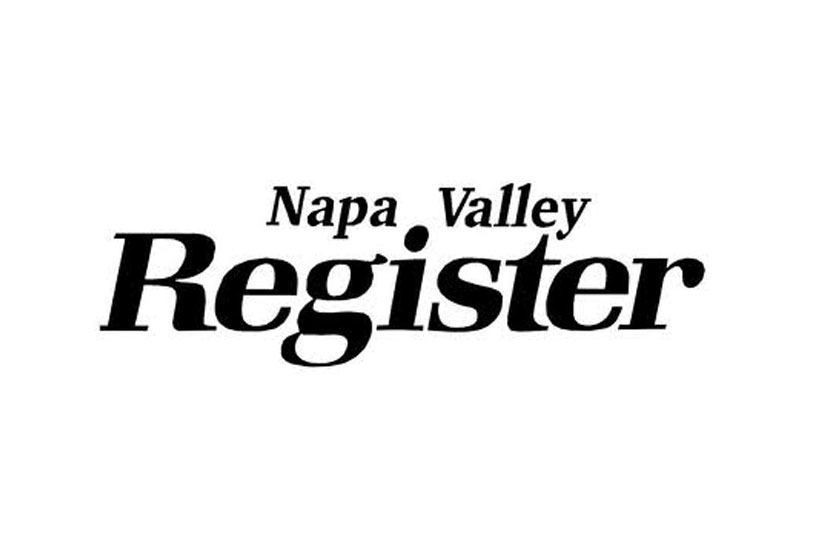Say you are a 6-foot, 2-inch man and weigh 239 pounds. Just a random example.
By the official categorization, you’re overweight, but not obese. You think, “I’m a little heavy, but everything is fine.” Then, you go into a doctor and see you weigh more like 245.
Have you experienced a major weight gain? Not really, just a few pounds. However, you’re now in the obese category.
Your doctor says to watch your eating and get better exercise. You need to be on a program. This needs your attention. Bad things will happen if you don’t do something. You automatically get enrolled in programs by your health care provider.
You argue that nothing has changed much from your last weigh-in, so why all the fuss now? It’s just a couple pounds. Did the change from "overweight" to "obese" suddenly change what you need to do?
Actually not. You should have been watching what you eat and getting exercise all along. You should have been on a program to get into a healthy weight and watch all the things that lead to a healthy state. You should have been exercising regularly for many years.
Now, there’s a spotlight on it and everyone is paying attention and offering help. What do you do? Fight the idea that you need to get healthier or start jogging?
This is the situation with the Napa water basin. The state Department of Water Resources just recategorized Napa from Medium priority to High priority in a preliminary report.
The actual evaluative score went up just a few points, from being very high in the Medium category across the line into the High priority. It’s not a major change, numerically.
There was no single egregious action that screwed up the water table. It’s all of the things that happen - more wells being drilled, more vineyards planted, more people living here that put pressure on our natural water resource that are tripping alarms.
We need to do more. We need to have been doing more all along to protect water resource and quality, both underground and on the surface. We need to control the growing consumption better, and protect the supply. We need to get formal about this to protect the future. What we have been doing is not enough.
One thing we can do is protect the watersheds. That’s where the water comes from that ends up in the groundwater and in the surface streams. We can slow down and stop deforesting watersheds, because those forests capture water and guide it into the water table, so it is available all year round and finds its way to the basin under the valley.
One thing we can do right now, before any meetings, is to vote Yes on Measure C, which very simply protects the watersheds. We need to control our tree-cutting diet.
Angela Camp
Napa










